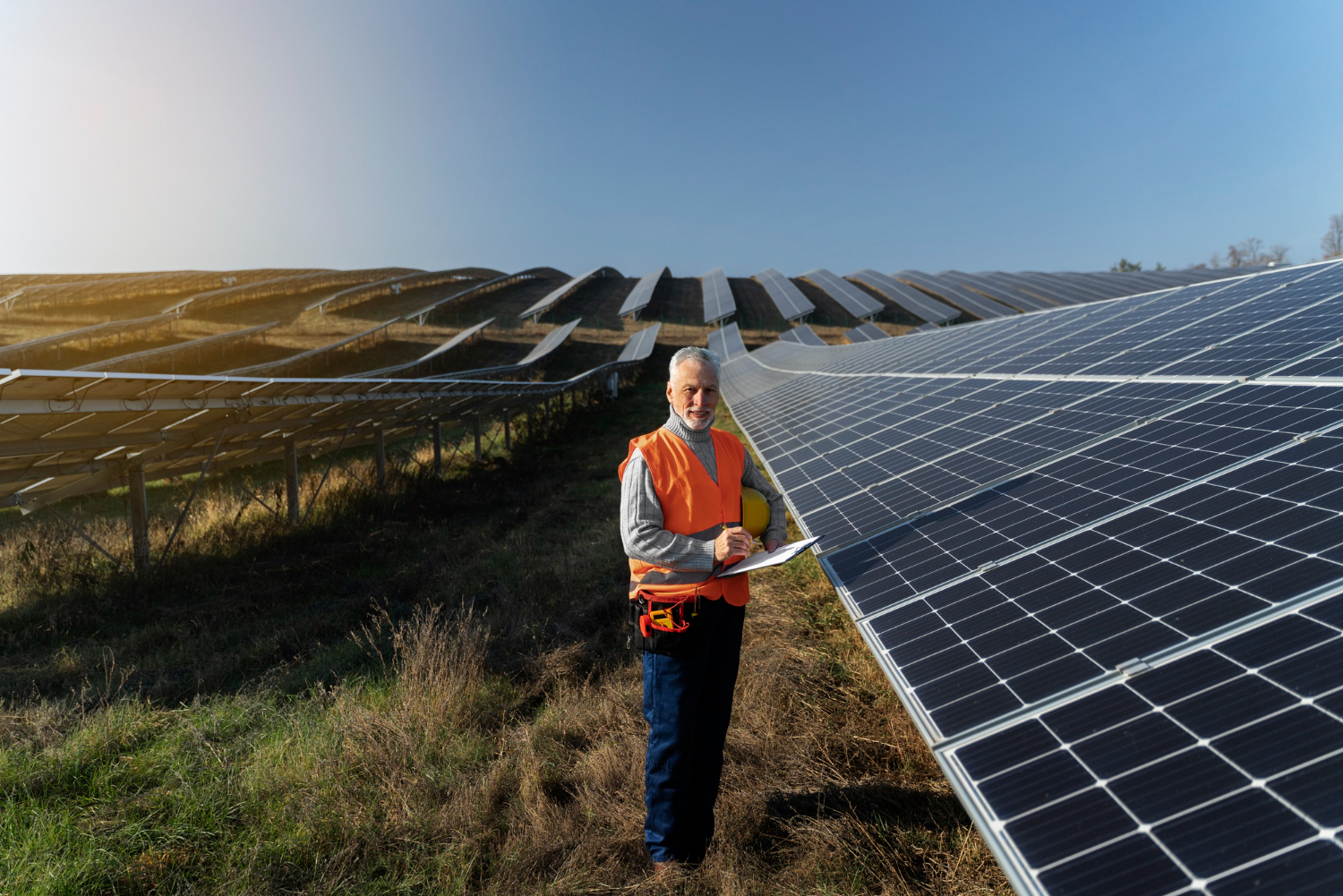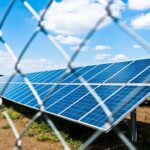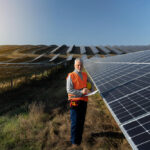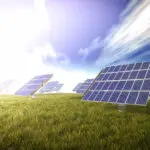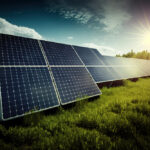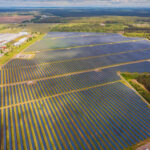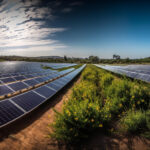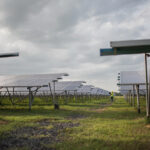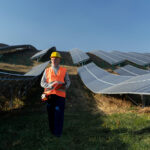Are solar farms a game-changer for our energy future, or do they have some major drawbacks? As the world searches for cleaner, more sustainable ways to power our homes and businesses, solar farms have become a popular option. But what are the solar farm pros and cons?
In this article, we’ll take a closer look at the solar farm pros and cons, and explore the concerns and perspectives of policymakers, developers, and community leaders.
Pros of Solar Farms
Below are some of the major benefits of Solar farms:
Renewable Energy Source
Solar farms harness energy from the sun, a renewable and sustainable power source. Unlike fossil fuels, solar energy is abundant and available everywhere, reducing reliance on finite resources. Solar farms can help reduce our dependence on fossil fuels, decrease greenhouse gas emissions, and contribute to a cleaner environment. Additionally, solar energy can be generated locally, reducing the need for long-distance energy transmission and increasing energy independence.
Zero Greenhouse Gas Emissions
Solar farms produce no greenhouse gas emissions or pollution during operation, making them an attractive alternative to traditional fossil fuel-based power plants. This is particularly important in the context of climate change, as reducing greenhouse gas emissions is crucial for mitigating its impacts. By generating electricity from solar energy, solar farms can help to reduce air pollution, improve public health, and protect the environment.
Job Creation and Economic Benefits
Solar farms create jobs in manufacturing, installation, and maintenance, contributing to local economies and stimulating growth. The solar industry is creating new job opportunities in a variety of fields, from engineering and manufacturing to installation and maintenance. This can have a positive impact on local economies, stimulating growth and development in areas where solar farms are built.
Energy Independence
Solar farms can be built in remote areas, reducing reliance on grid electricity and providing energy independence for local communities. This is particularly important for communities that are not connected to the main grid, or those that experience frequent power outages. By generating their electricity, solar farms can provide a reliable source of energy and improve the quality of life for local residents.
Low Operating Costs
Once installed, solar farms have minimal operating costs, as there are no fuel costs and maintenance is relatively low. This means that solar farms can generate electricity at a lower cost than traditional fossil fuel-based power plants, making solar farms a better investment. Additionally, the cost of solar panels is decreasing over time, making solar energy more competitive with fossil fuels.
Scalability
Solar farms can be built in various sizes, from small community-scale projects to large utility-scale facilities, making them adaptable to different energy needs. This means that solar farms can be designed to meet the specific energy needs of a particular community or region, making them a flexible and adaptable source of energy.
Government Incentives
Many governments offer incentives, such as tax credits and grants, to encourage the development of solar farms. These incentives can help offset the high upfront costs of building a solar farm, making it more financially viable for developers. Additionally, governments can provide regulatory support, such as streamlined permitting processes and favorable policies, to encourage the growth of the solar industry.
Cons of Solar Farms
Below are some of the major disadvantages of Solar Farm:
High Upfront Costs
While the cost of solar panels has decreased over the years, the initial cost for a solar farm per acre can still be substantial, making it a significant barrier to entry. This is particularly challenging for small-scale developers or communities that may not have access to financing or resources. However, the cost of solar panels is decreasing over time, making solar energy more competitive with fossil fuels.
Intermittent Energy Source
Solar farms generate electricity only when the sun is shining, which can be a limitation in areas with frequent cloud cover or during periods of low sunlight. This means that solar farms may not be able to generate electricity during periods of peak demand, such as during the evening or at night. However, advances in energy storage technology are helping to address this challenge, making it possible to store excess energy generated during the day for use during periods of low sunlight.
Land Requirements
Solar farm land requirements can lead to conflicts over land use, particularly in areas with high conservation value or agricultural potential. This can be a challenge in areas where land is scarce or where there are competing interests for land use. However, solar farms can be designed to coexist with other land uses, such as agriculture or conservation, through innovative land-use planning and design.
Water Usage
Water is required for Solar farms’ cleaning and cooling systems, which can strain local water resources, especially in areas with limited water availability. This can be a challenge in areas where water is scarce, such as in arid or drought-prone regions. However, solar farms can implement water-efficient systems, such as dry cleaning and water-free cooling systems, to minimize water usage.
Visual Impact
Solar farms can have a visual impact on the surrounding landscape, potentially affecting local aesthetics and property values. This can be a concern for communities that value their natural beauty and scenic views. However, solar farms can be designed to minimize visual impact, through the use of landscaping and other design elements.
Wildlife Habitat Disruption
Large-scale solar farms can disrupt natural habitats and ecosystems, potentially harming local wildlife and biodiversity. This can be a concern in areas with sensitive or endangered species. However, solar farms can be designed to minimize habitat disruption, through the use of wildlife-friendly solar farm design principles and habitat restoration.
Decommissioning Challenges
At the end of their lifespan, solar panels must be decommissioned and disposed of, which can be a complex and costly process. This can be a concern for communities that are not prepared for the long-term implications of solar farm development. However, the solar industry is developing best practices for decommissioning and recycling solar panels, which can help to minimize waste and reduce the health risks of living near a solar farm.
Mitigating the Cons of Solar Farms
While the cons of solar farms are significant, there are ways to mitigate these drawbacks:
Innovative Land Use
Solar farms can be designed to coexist with other land uses, such as agriculture or conservation, through innovative land-use planning and design. This can help to minimize conflicts over land use and reduce the environmental impact of solar farm development.
Water Efficiency
Solar farms can implement water-efficient systems, such as dry cleaning and water-free cooling systems, to minimize water usage. This can help to reduce the strain on local water resources and minimize the environmental impact of solar farm development.
Wildlife-Friendly Design
Solar farms can be designed with wildlife-friendly features, such as vegetation management and planning, to minimize the impact on local ecosystems. This can help to protect local wildlife and biodiversity, while also supporting the development of solar energy.
Community Engagement
Engaging with local communities and stakeholders can help address concerns and ensure that solar farms are developed in a way that benefits everyone. This can include providing education and outreach programs, as well as involving local communities in the planning and decision-making process.
Recycling and Repurposing
Solar panels can be recycled or repurposed at the end of their lifespan, reducing waste and minimizing the environmental impact of decommissioning. This can help to reduce the environmental impact of solar farm development, while also supporting the development of a more circular economy.
Conclusion
Solar farms offer many benefits, including renewable energy production, job creation, and low operating costs. However, they also have some significant drawbacks, such as high upfront costs, land requirements, and potential environmental impacts. By understanding the solar farm financial model, we can work to mitigate the drawbacks and ensure that these facilities are developed in a way that benefits both the environment and local communities.

